PostgreSQL 14 Administration Cookbook. Over 175 proven recipes for database administrators to manage enterprise databases effectively Simon Riggs, Gianni Ciolli
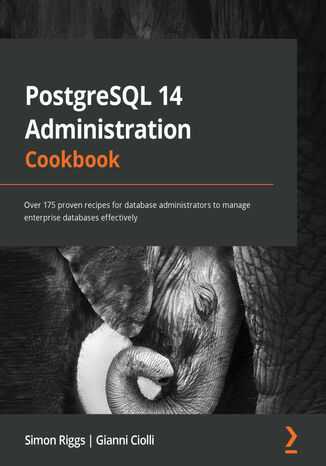



- Autorzy:
- Simon Riggs, Gianni Ciolli
- Wydawnictwo:
- Packt Publishing
- Ocena:
- Stron:
- 608
- Dostępne formaty:
-
PDFePub
Opis
książki
:
PostgreSQL 14 Administration Cookbook. Over 175 proven recipes for database administrators to manage enterprise databases effectively
This book will get you up and running with all the latest features of PostgreSQL 14 while helping you explore the entire database ecosystem. You’ll learn how to tackle a variety of problems and pain points you may face as a database administrator such as creating tables, managing views, improving performance, and securing your database. As you make progress, the book will draw attention to important topics such as monitoring roles, validating backups, regular maintenance, and recovery of your PostgreSQL 14 database. This will help you understand roles, ensuring high availability, concurrency, and replication. Along with updated recipes, this book touches upon important areas like using generated columns, TOAST compression, PostgreSQL on the cloud, and much more.
By the end of this PostgreSQL book, you’ll have gained the knowledge you need to manage your PostgreSQL 14 database efficiently, both in the cloud and on-premise.
Wybrane bestsellery
Simon Riggs, Gianni Ciolli - pozostałe książki
Packt Publishing - inne książki
Dzięki opcji "Druk na żądanie" do sprzedaży wracają tytuły Grupy Helion, które cieszyły sie dużym zainteresowaniem, a których nakład został wyprzedany.
Dla naszych Czytelników wydrukowaliśmy dodatkową pulę egzemplarzy w technice druku cyfrowego.
Co powinieneś wiedzieć o usłudze "Druk na żądanie":
- usługa obejmuje tylko widoczną poniżej listę tytułów, którą na bieżąco aktualizujemy;
- cena książki może być wyższa od początkowej ceny detalicznej, co jest spowodowane kosztami druku cyfrowego (wyższymi niż koszty tradycyjnego druku offsetowego). Obowiązująca cena jest zawsze podawana na stronie WWW książki;
- zawartość książki wraz z dodatkami (płyta CD, DVD) odpowiada jej pierwotnemu wydaniu i jest w pełni komplementarna;
- usługa nie obejmuje książek w kolorze.
Masz pytanie o konkretny tytuł? Napisz do nas: sklep@helion.pl
Książka drukowana



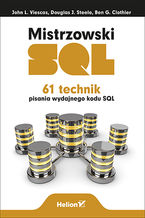
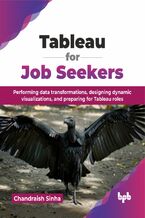

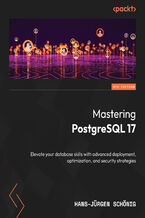
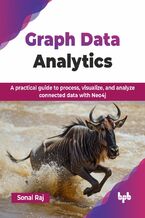
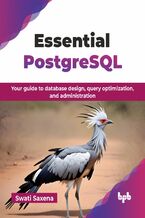
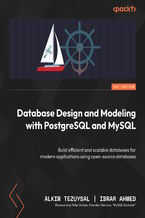
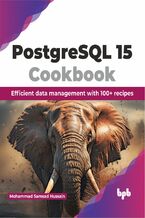
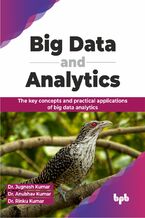
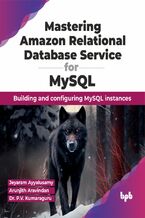
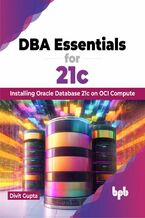

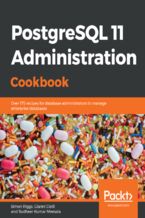
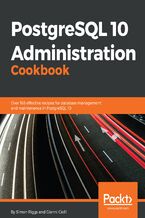
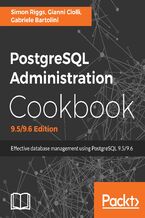
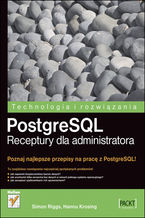
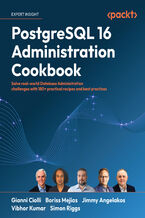
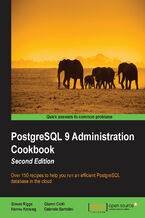
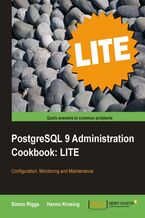





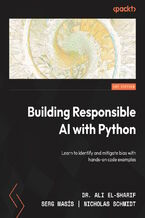
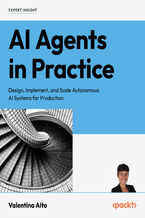
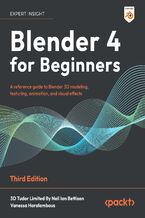
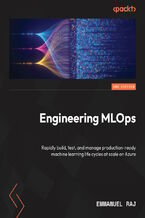
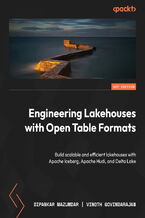
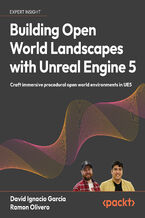



Oceny i opinie klientów: PostgreSQL 14 Administration Cookbook. Over 175 proven recipes for database administrators to manage enterprise databases effectively Simon Riggs, Gianni Ciolli
(0)